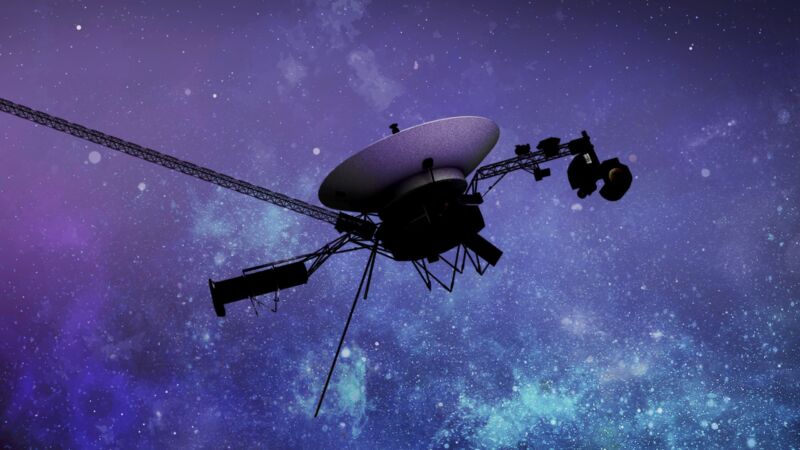Finally, engineers have a clue that could help them save Voyager 1
Ars Technica » Scientific Method 2024-03-15

Enlarge / Artist's illustration of the Voyager 1 spacecraft. (credit: Caltech/NASA-JPL)
It's been four months since NASA's Voyager 1 spacecraft sent an intelligible signal back to Earth, and the problem has puzzled engineers tasked with supervising the probe exploring interstellar space.
But there's a renewed optimism among the Voyager ground team based at NASA's Jet Propulsion Laboratory in California. On March 1, engineers sent a command up to Voyager 1—more than 15 billion miles (24 billion kilometers) away from Earth—to "gently prompt" one of the spacecraft's computers to try different sequences in its software package. This was the latest step in NASA's long-distance troubleshooting to try to isolate the cause of the problem preventing Voyager 1 from transmitting coherent telemetry data.
Cracking the case
Officials suspect a piece of corrupted memory inside the Flight Data Subsystem (FDS), one of three main computers on the spacecraft, is the most likely culprit for the interruption in normal communication. Because Voyager 1 is so far away, it takes about 45 hours for engineers on the ground to know how the spacecraft reacted to their commands—the one-way light travel time is about 22.5 hours.